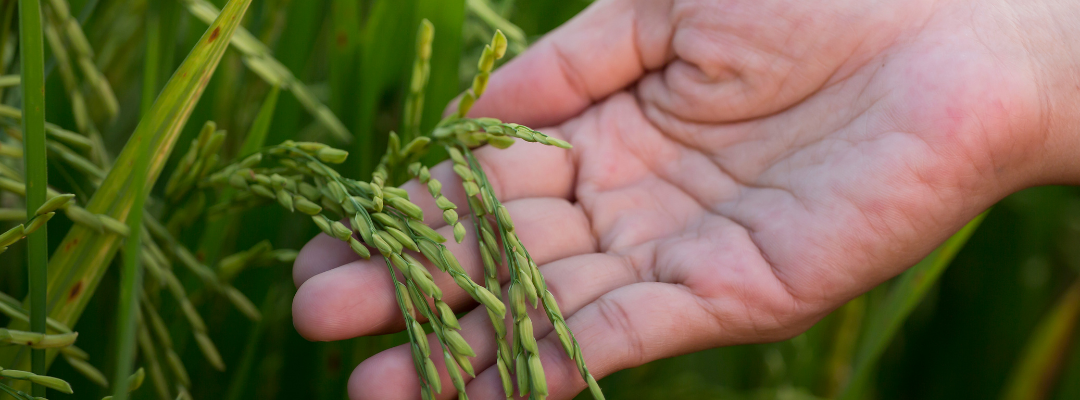The Consolidated Appropriations Act, 2023 (P.L. 117-328) was signed into law by President Biden on December 29, 2022. Among other things, the $1.7 trillion bill funds the federal government for fiscal year 2023. The package also included $250 million in support for rice producers, a key priority of Senator John Boozman (R-AR), Ranking Member of the Senate Committee on Agriculture, Nutrition, and Forestry.
The Agricultural & Food Policy Center at Texas A&M University maintains almost 100 representative farms across 30 different states which serve as a basis on which to conduct policy analysis at the request of Congress. In a May 2022 report requested by Sen. Boozman, we highlighted that the 15 representative rice farms maintained by AFPC faced the largest drop in net cash farm income in 2022 of all 64 representative crop farms maintained by AFPC – a reduction of $880,000 per farm or $442 per acre.
In the case of rice, AFPC has consistently reported that rice growers have faced the harshest financial outlook over the last several years. Rice producers, in particular, received very little support from ad hoc aid packages like the Market Facilitation Program (MFP) and the Coronavirus Food Assistance Program (CFAP). These problems are compounded by trading partners like India whose minimum support prices and input subsidies cause significant harm to U.S. rice producers, contributing to a nearly 40-year low in U.S. rice exports this year. Relatively flat prices and high input costs further exacerbated an already tenuous situation for U.S. rice producers in 2022.
The $250 million – all of which USDA is required to spend – is for one-time payments for U.S. rice producers for the 2022 crop. The payment is based on (1) a rate of not less than 2 cents per pound multiplied by (2) the producer’s actual production history (i.e., crop insurance APH) multiplied by (3) all of the producer’s planted (or prevented planted) rice acres in 2022. A separate payment limit applies, consistent with the limit imposed for WHIP+ (i.e., $250,000 if 75 percent or more of the average adjusted gross income of the person or legal entity is average adjusted gross farm income).
Importantly, nothing is final until USDA announces the official details of the program. In the meantime, our colleagues at the University of Arkansas have put together a helpful FAQ document that answers several key questions.
Fischer, Bart, and Joe Outlaw. “Support for Rice Producers in the Fiscal Year 2023 Omnibus.” Southern Ag Today 3(3.4). January 19, 2023. Permalink

